Sweet treats aren’t always so innocent. While candy is often tied to childhood joy, colorful wrappers, and sticky fingers, some confections come with a surprisingly dark side. Behind the sugar and nostalgia, a handful of once-popular candies were pulled from store shelves—not for poor sales, but for far more troubling reasons. We’re talking about banned ingredients, dangerous designs, toxic chemicals, and marketing tactics so questionable they sparked public outrage.
Many of these sweet snacks were beloved in their day. Kids couldn’t get enough of bubble gum cigars or candy cigarettes, and who didn’t want to try a chocolate shell with a hidden surprise inside? But as times changed—and regulations tightened—health officials, child safety advocates, and concerned parents started taking a harder look at what we were letting our kids chew on. Some of the findings were genuinely disturbing: candies that glamorized adult vices, promoted violent imagery, or even contained alarming levels of lead.
What’s more unsettling is how easily these treats blended into the mainstream before being exposed. In some cases, they caused actual harm. In others, they narrowly dodged disaster. Either way, they’ve earned their place in confectionery infamy. From sweets that masqueraded as crayons to lollipops with serious choking hazards, this list highlights 15 candies that were ultimately deemed too risky, too controversial, or too hazardous to keep on the market.
Some were banned outright by government agencies, while others were quietly discontinued after public backlash or medical reports emerged. So before you wax nostalgic for that forbidden treat from your childhood, take a closer look. These candies weren’t just pulled for fun—they were pulled for reasons that might make your stomach turn. Let’s unwrap the facts behind these sweet scandals.
1. Kinder Surprise Eggs
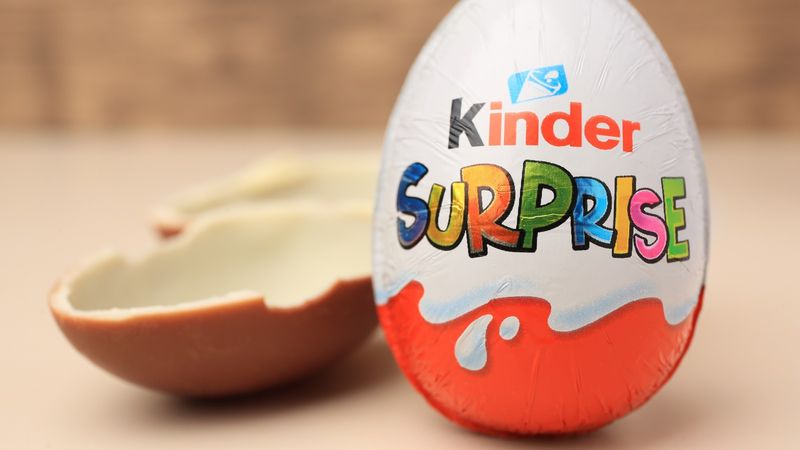
Beloved worldwide but banned in America, these chocolate eggs concealed tiny toys inside hollow chocolate shells. The FDA swooped in with a firm stance against them, citing a 1930s law prohibiting non-food items embedded inside edible products.
Children eagerly biting into these treats risked choking on the small parts, a danger the U.S. government wasn’t willing to overlook. While Europeans continue enjoying them, American kids must settle for the modified Kinder Joy version where candy and toy remain separated.
The ban created a bizarre underground market, with travelers smuggling the forbidden eggs across borders like contraband.
2. Smoke-Encouraging Candy Cigarettes
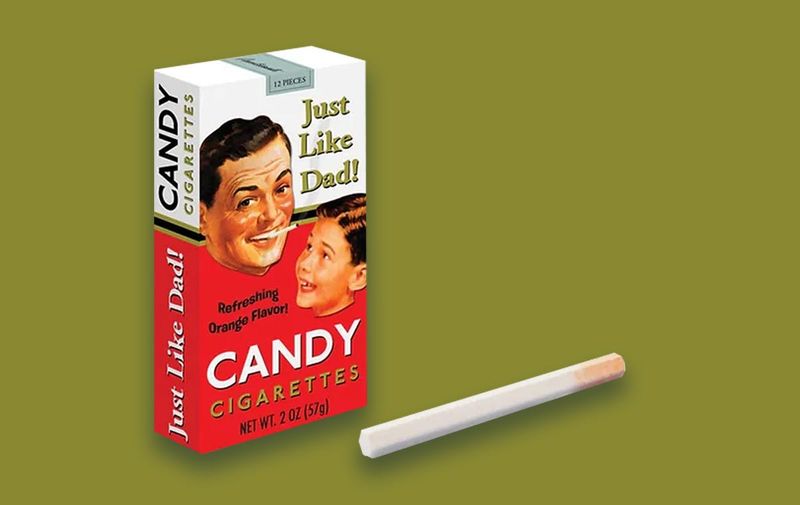
Chalky sugar sticks packaged in boxes mimicking cigarette brands were once commonplace in candy aisles. Children would pretend to smoke them, sometimes even adding powdered sugar ‘smoke’ effects, normalizing tobacco use from kindergarten age.
Health advocates fought against these controversial treats for decades, arguing they served as gateway products to actual smoking. Studies eventually confirmed their fears, showing children who ‘played’ with candy cigarettes were more likely to try tobacco later.
Manufacturers eventually bowed to pressure, rebranding them as ‘candy sticks’ and removing the red-tipped ends that mimicked lit cigarettes.
3. Jarts Candy Lawn Darts

Combining a notoriously dangerous backyard game with sweets seemed like a recipe for disaster – and it was. Regular lawn darts were already banned after causing serious injuries and deaths, but some manufacturers thought adding candy tips would make them child-friendly.
The pointed projectiles still posed impalement risks despite their sugary ends. Parents were horrified to discover children throwing the weighted darts upward, then attempting to catch them with their mouths.
Regulators quickly pulled these bizarre hybrid products from shelves, recognizing that candy coating didn’t eliminate the fundamental danger of throwing weighted, pointed objects.
4. Lead-Laced Lucas Mexican Candy
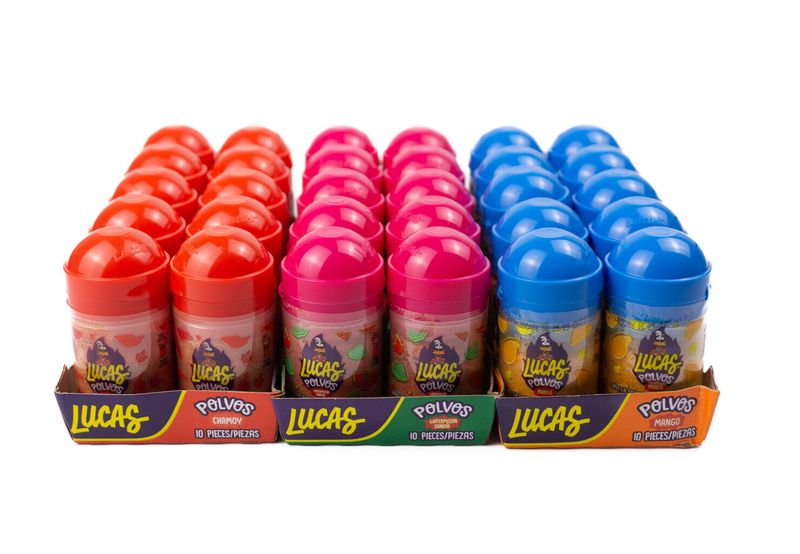
Spicy, tangy Lucas powder candy captivated children with its intense flavors and unique packaging. Kids would dip their fingers directly into the container or shake the powder onto their tongues for a flavor explosion.
The fun ended abruptly when testing revealed alarming lead contamination in several varieties. Health authorities discovered the toxic metal had leached from the candy’s ingredients and packaging materials.
Lead exposure can cause developmental delays and neurological damage in children, making this seemingly innocent treat potentially life-altering. Though reformulated versions eventually returned to some markets, the original contaminated products were destroyed in massive recalls.
5. Morbid Road Kill Gummy Candy

Flattened gummy animals with tire marks pressed into their centers shocked parents browsing candy aisles with their children. These macabre treats featured realistic-looking squirrels, rabbits, and chickens appearing freshly squashed by vehicles.
Animal welfare groups condemned the products for trivializing animal suffering and teaching children to laugh at death. Psychologists raised concerns about desensitizing young minds to violence against animals, which research links to later aggression.
Manufacturers defended them as harmless humor, but retailers eventually pulled them after boycott threats. The controversy highlighted the ethical boundaries of novelty candy design, especially those marketed to impressionable children.
6. Choking Hazard Nestlé Magic Balls
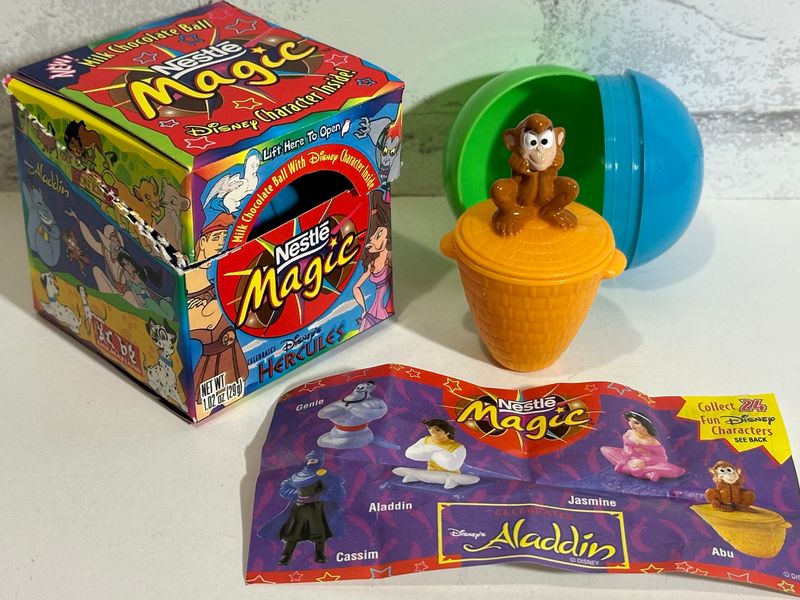
Canada took swift action against these chocolate spheres hiding plastic toy surprises inside. Unlike their Kinder counterparts, Nestlé’s version used a two-piece plastic capsule that could separate more easily when bitten.
A three-year-old girl nearly choked to death after the plastic shell lodged in her throat. The incident triggered immediate regulatory scrutiny and eventual removal from Canadian markets. Nestlé argued their design was safer than competitors’, pointing to warning labels and age recommendations.
Regulators remained unconvinced, determining that no embedded toy design could guarantee children wouldn’t attempt to swallow the entire product whole.
7. Tobacco-Mimicking Bubble Gum Cigars
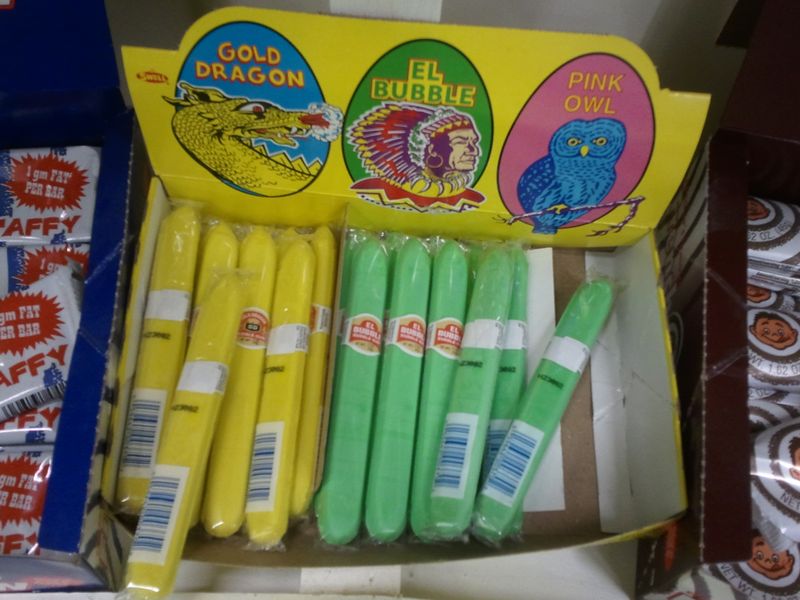
Wrapped in paper designed to look like cigar leaf and packaged in authentic-looking cigar boxes, these oversized gum sticks were once standard celebration treats.
New fathers traditionally handed them out to announce births, complete with pink or blue bands declaring “It’s a girl!” or “It’s a boy!” Anti-tobacco advocates eventually targeted these seemingly innocent treats. They pointed to research showing children who used candy versions of tobacco products developed more positive associations with real smoking.
Most major manufacturers gradually phased them out amid mounting criticism. Some smaller companies still produce them, though with less realistic packaging and clearer labeling as novelty items rather than tobacco replicas.
8. Digestive Nightmare Haribo Sugar-Free Bears
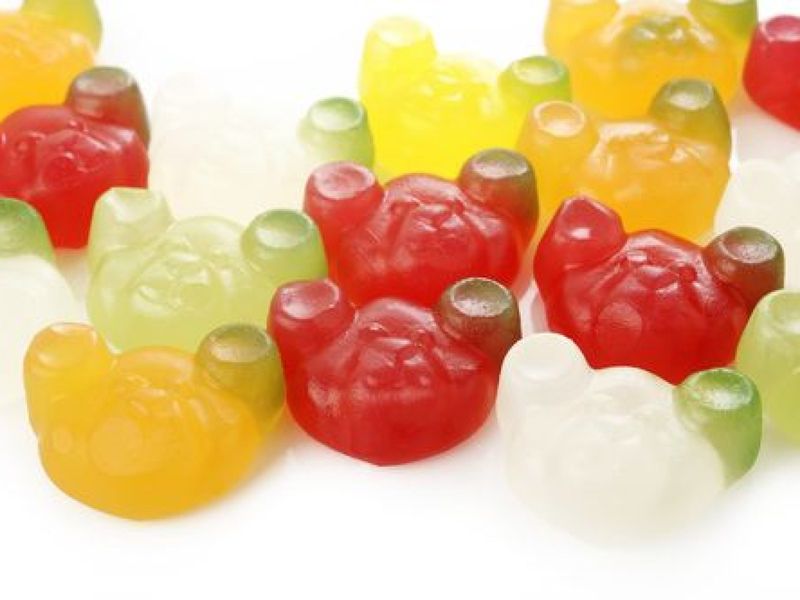
Amazon reviews for these innocent-looking gummy bears read like horror stories. “I’ve had food poisoning that was less violent,” wrote one unfortunate consumer after experiencing the bears’ notorious side effects.
The culprit was lycasin, a sugar alcohol that acts as a powerful laxative when consumed in the quantities found in a typical candy serving. Unsuspecting snackers who ate handfuls suffered intense cramping, urgent bathroom trips, and digestive distress lasting hours.
Though never officially recalled, retailers quietly removed them after viral online reviews warned others of their catastrophic gastrointestinal effects. The packaging contained small-print warnings that most consumers overlooked until it was too late.
9. Deceptive Candy Crayons
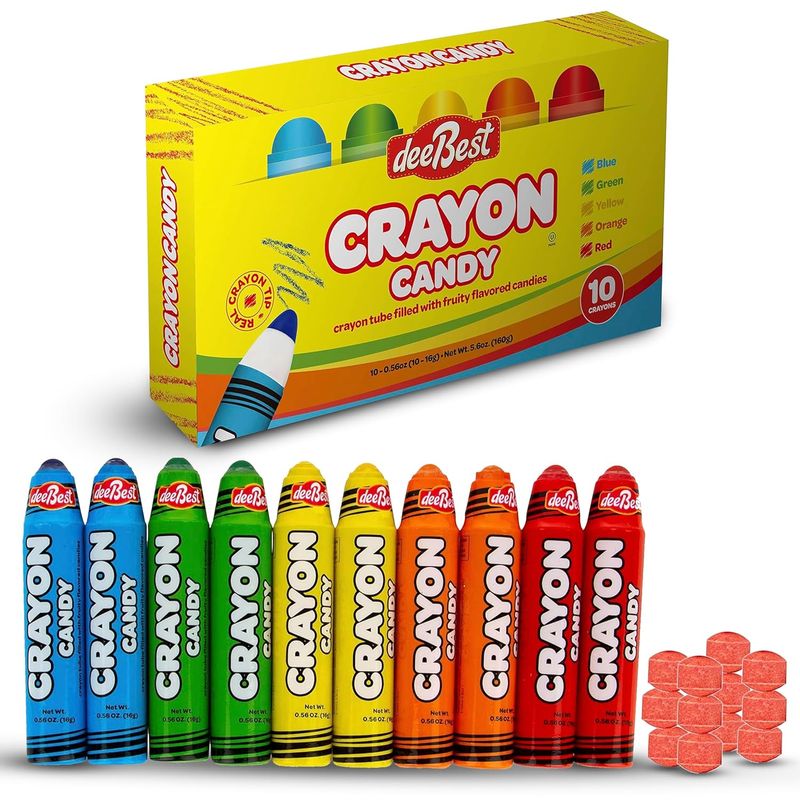
Marketed as fun treats that let kids “eat their art supplies,” these candies perfectly mimicked the appearance of actual crayons. Packaged in crayon-like boxes with identical wrappers, they created dangerous confusion for young children unable to distinguish between real and fake.
Schools reported incidents of students attempting to eat actual crayons after experiencing the candy versions. Poison control centers fielded calls from panicked parents whose children had consumed art supplies thinking they were treats.
Safety advocates successfully lobbied for their removal, arguing no amount of labeling could prevent the inevitable mix-ups. The concept eventually returned with clearly different packaging and shapes that couldn’t be mistaken for actual drawing implements.
10. Suffocation-Risk Fuzzy Bunny Ears Lollipops
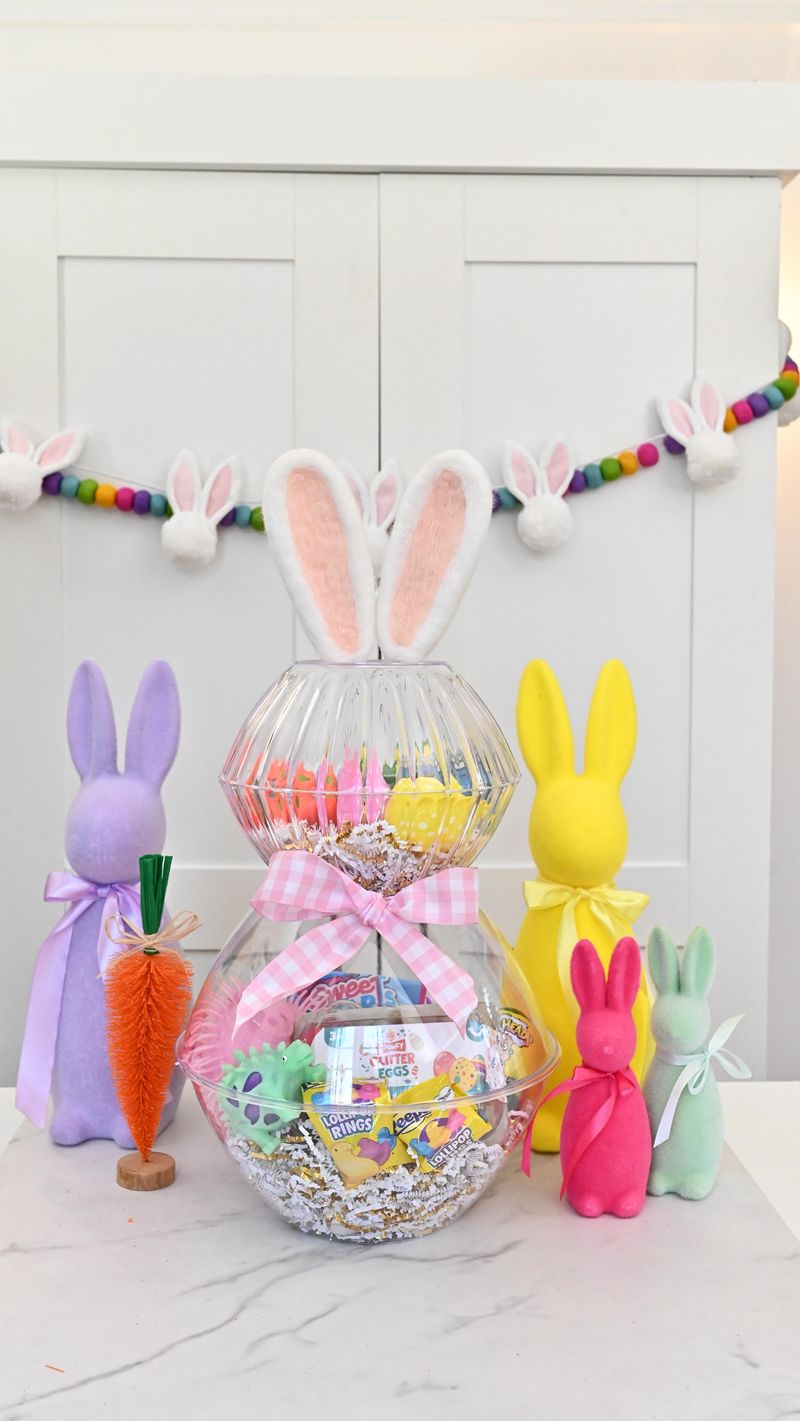
Seasonal Easter treats featuring large marshmallow bunny ears attached to lollipop sticks looked adorable in baskets. The dangerous design flaw became apparent when children bit into the sticky, oversized marshmallow pieces.
The soft candy could easily detach in large chunks, creating perfect-sized plugs for blocking young airways. Emergency room doctors reported multiple cases of children requiring medical intervention after the marshmallow ears became lodged in their throats.
Manufacturers initially responded by adding warning labels, but eventually discontinued the product entirely. The sticky texture made the marshmallow particularly dangerous, as it could adhere to throat tissue and resist dislodging even with proper choking response techniques.
11. Dye-Laden Black Jack Taffy
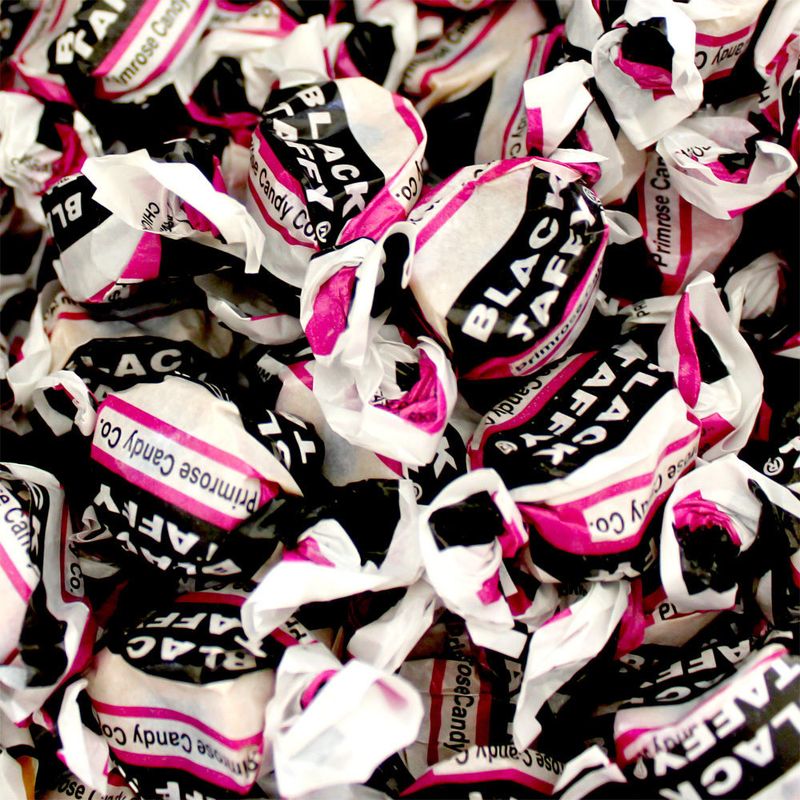
This nostalgic black licorice taffy contained a cocktail of controversial food colorings that eventually led to its downfall. The distinctive jet-black color came from combinations of artificial dyes including Red 2 and Yellow 5, both later linked to health concerns.
Red 2 was banned after studies suggested it might cause cancer in laboratory animals. Additional research connected Yellow 5 to potential hyperactivity in children and allergic reactions in sensitive individuals.
Manufacturers attempted reformulations using natural colorings like activated charcoal, but couldn’t match the original’s distinctive appearance. The candy’s disappearance sparked outrage among licorice enthusiasts who claimed the health concerns were overblown compared to other food risks.
12. Hazardous Toxic Waste Nuclear Sludge Bars
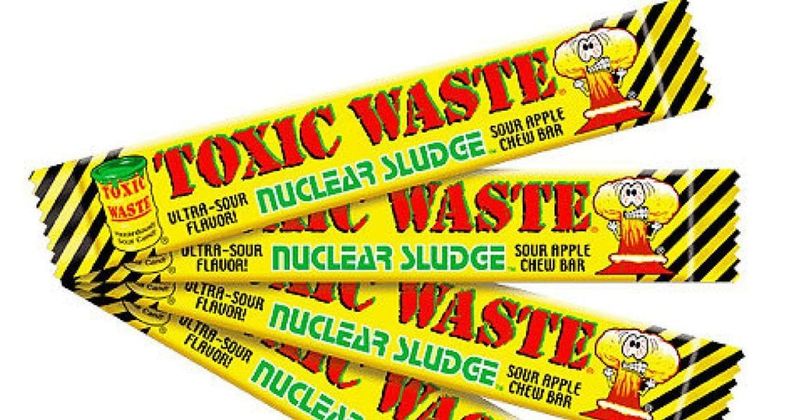
Marketing candy as “toxic” backfired spectacularly when these ultra-sour bars turned out to contain actual toxins. The neon-colored, radiation-themed treats were pulled from shelves in 2011 after FDA testing discovered lead levels exceeding legal limits.
The contamination likely came from ingredients sourced from unregulated international suppliers. Children particularly loved these intensely sour candies, making the lead discovery especially alarming since developing brains are most vulnerable to lead poisoning.
The irony wasn’t lost on consumers – a product jokingly named after dangerous waste actually contained harmful substances. The company later reintroduced reformulated versions with stricter ingredient sourcing, but the brand’s reputation never fully recovered from the contamination scandal.
13. Allergen-Hiding Revels Chocolates
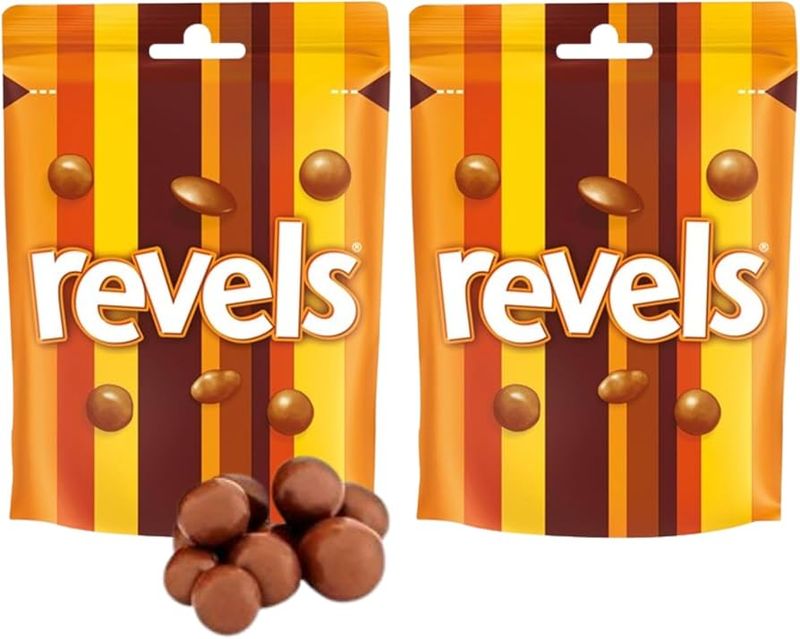
Imported versions of these mixed chocolate candies contained a potentially deadly secret – undisclosed allergens. The assorted chocolates looked identical from the outside, creating a Russian roulette situation for allergy sufferers. U.S. authorities seized shipments after discovering peanuts, tree nuts, and gluten in varieties without proper allergen labeling.
In one tragic case, a teenager with nut allergies suffered anaphylaxis after biting into what he thought was a caramel-filled piece. While domestic versions eventually improved labeling, imported Revels continued appearing in specialty shops without meeting U.S. safety standards.
The candies highlighted the dangerous gaps in international food safety regulations and the risks of purchasing imported treats without comprehensive ingredient disclosures.
14. Confusing Wax Bottle Candies

Tiny wax bottles filled with colored sugar water delighted generations of children who bit off the tops and drank the sweet liquid inside. The problem? Young children frequently attempted to swallow the entire wax container after drinking the contents.
Pediatricians reported cases of intestinal blockages requiring medical intervention. The candy’s design created fundamental confusion about which parts were edible, especially for toddlers just learning food rules. Schools banned them after incidents of children choking on the waxy remnants.
While technically still available in specialty shops, major retailers dropped them due to liability concerns. Modern versions feature clearer instructions and larger sizes to prevent accidental consumption of the inedible wax portions.
15. Dangerous Candy Charm Necklaces
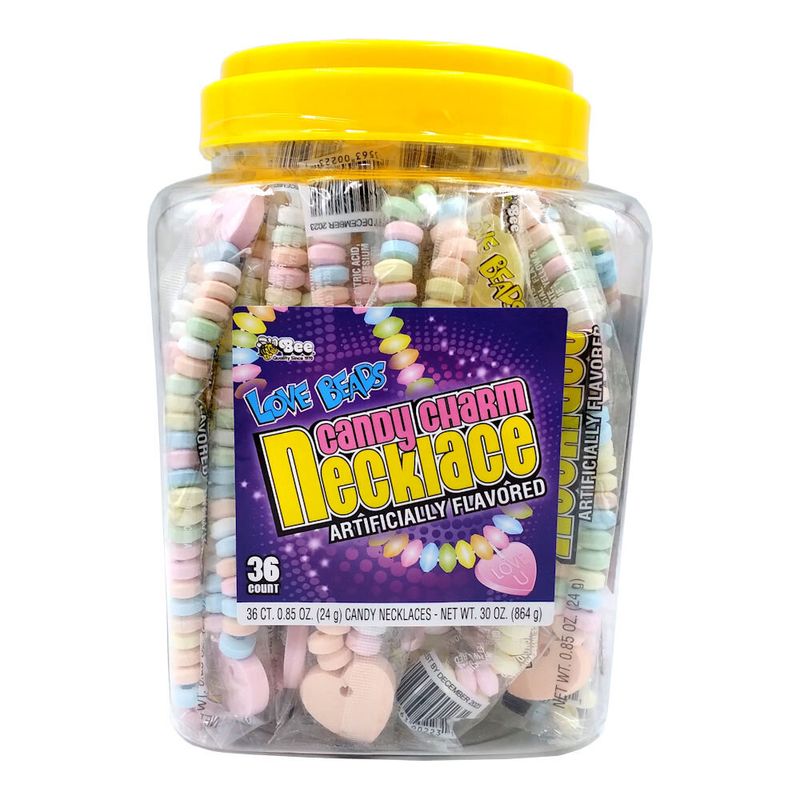
Colorful candy beads strung on elastic cords created wearable treats that posed multiple hazards. Children would wear them for hours, then eat individual beads throughout the day, creating perfect breeding grounds for bacteria.
The elastic strings deteriorated from exposure to saliva, sometimes breaking and releasing beads that caused choking emergencies. Daycare centers reported incidents of children sharing the necklaces, spreading germs and potentially serious illnesses. Health departments eventually classified them as both choking and sanitation hazards.
After several hospitalizations linked to broken necklaces, manufacturers discontinued them rather than face mounting lawsuits. Modern versions use plastic beads and clear labeling that they’re decorative only, not meant for consumption.
Leave a comment